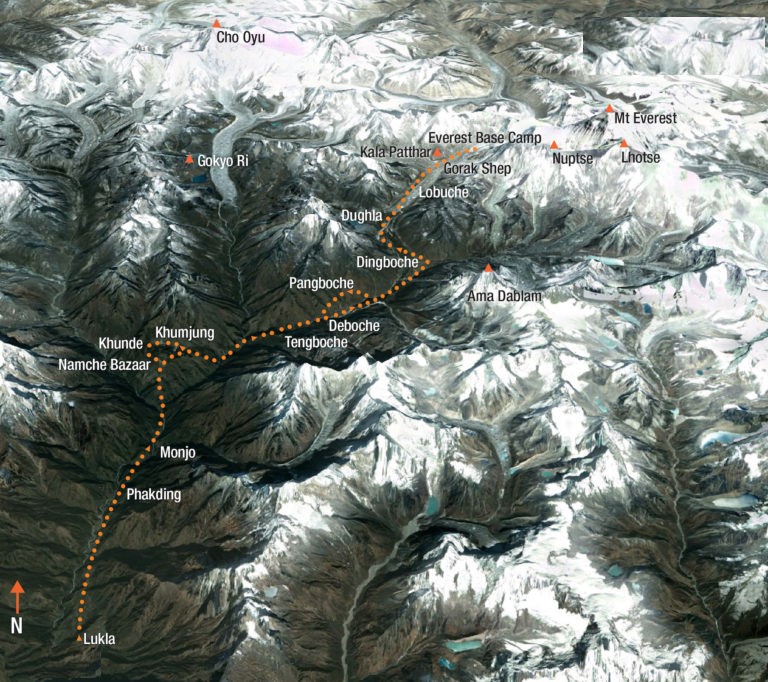- Home
- TREK
- EVEREST REGION
- EVEREST BASECAMP TREK – 15 DAYS
- EVEREST BASECAMP & AMA DABLAM TREK – 16 DAYS
- EVEREST BASECAMP & GOKYO – 19 DAYS (CHO LA PASS)
- EVEREST THREE PASSES TREK
- EVEREST BASECAMP TREK – 18 DAYS
- EVEREST BASECAMP HELI TREK – 13 DAYS
- SLEEP AT EVEREST BASECAMP TREK – 15 DAYS
- Everest Short Trek
- Renjo La – Gokyo Trek
- Everest Gokyo Ri Trek
- Everest Panorama Trek
- ANNAPURNA REGION
- MANASLU REGION
- LANGTANG & HELAMBU REGION
- MUSTANG REGION
- KATHMANDU/POKHARA
- EASTERN NEPAL
- WESTERN NEPAL
- EVEREST REGION
- PEAK CLIMBING
- OTHER TOURS
- TRAVEL GUIDE
- About
- Contact
- NEWSLETTER













